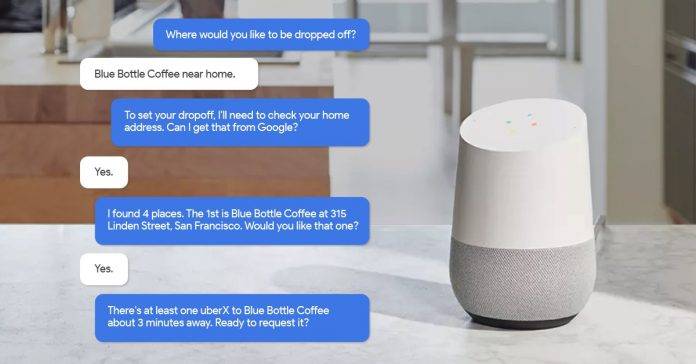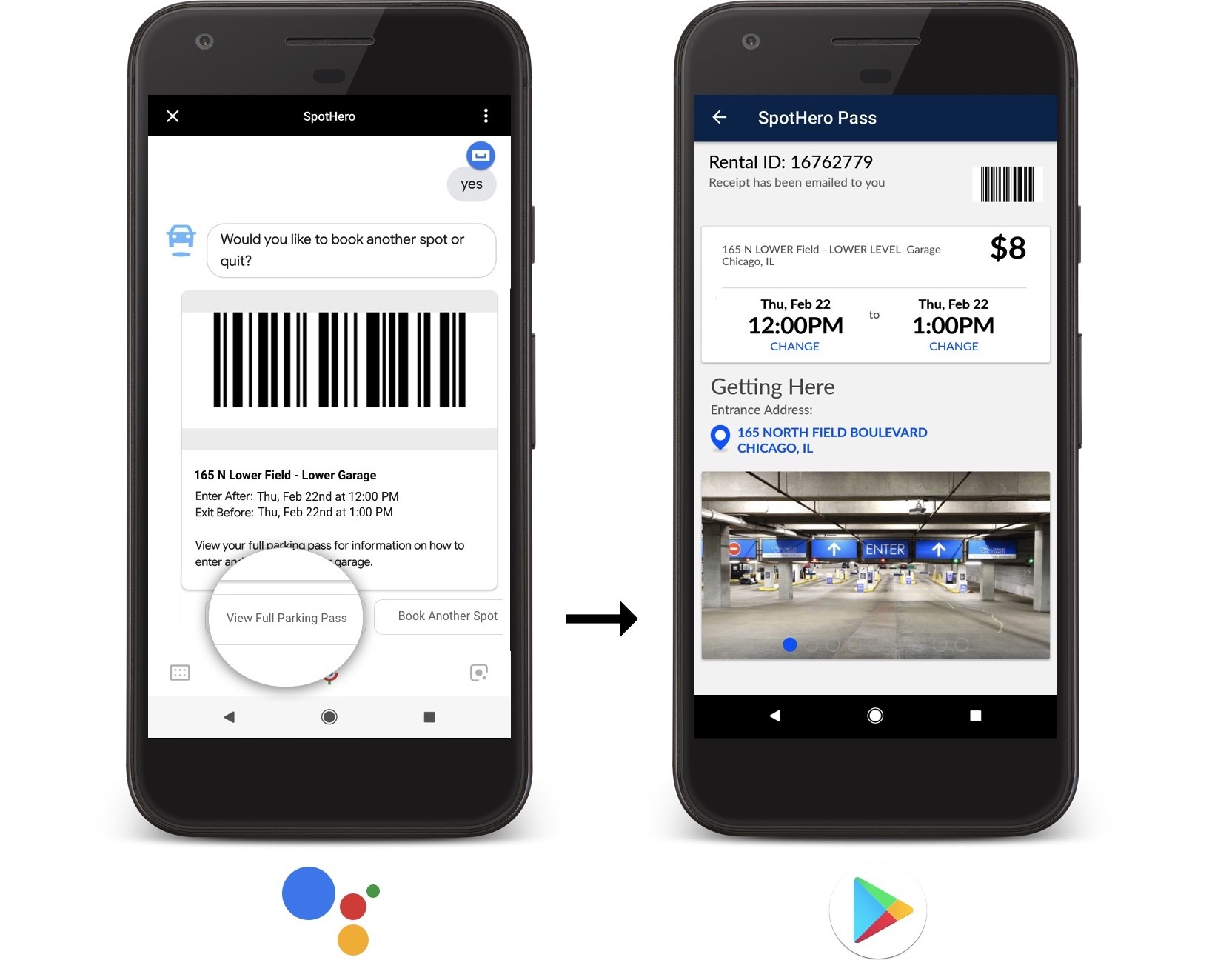
The Google Assistant is definitely expanding. It’s getting deeper features and going multilingual with more languages as the feature gets integrated with more products and services. It has also brought alarms, shows, and music to most users. Expect more to be introduced as the Google Assistant SDK is out. To be more specific, Actions for the Google Assistant is getting important updates this time. New languages can be used from now on. There are seven new ones: Danish, Dutch, Hindi, Indonesia, Norwegian, Swedish, and Thai.
In Barcelona at the Mobile World Congress, Google is introducing new additions to the current languages supported including English, German, French, Korean, Japanese, Italian, Russian, Spanish, and Russian. If you’re working on Actions SDK, you can now start building for them. You are also free to use Dialogflow and take advantage of the natural language processing capabilities. Of course, more languages will still be added in the coming months.
To encourage more developers to work on Actions, Google has the community program where users can earn rewards. The more rewards, the better as freebies can be received. You can get monthly Google Cloud credit (max of $200) or a free Google Assistant t-shirt just by publishing your for Action for Google Assistant.
The system receives several updates so building for global audiences will be easier. You can enjoy support for building with templates. If you need to work on German, French, or Japanese, you can simply create an Action by filling a Google Sheet without one line of code. Actions can be easily localized into new languages by exporting directory listing info as a file. This then can be translated offline. The translation can later be uploaded.

Make sure you link to your app and use different Actions available. Deep links from Actions in the Google Assistant to a certain task can be easily done now. There’s askForPlace, the conversation helper, to also integrate Google Places API. This allows location-based queries, using the location and points of interest (POI) of Google Maps.
SOURCE: Google Developers Blog









